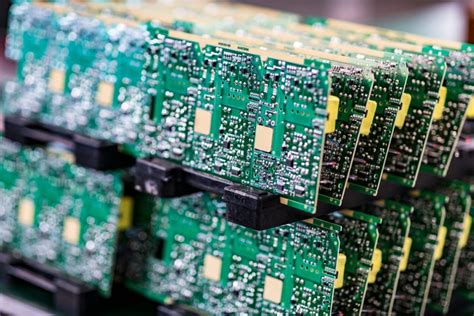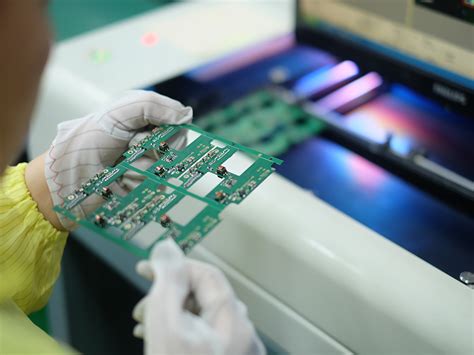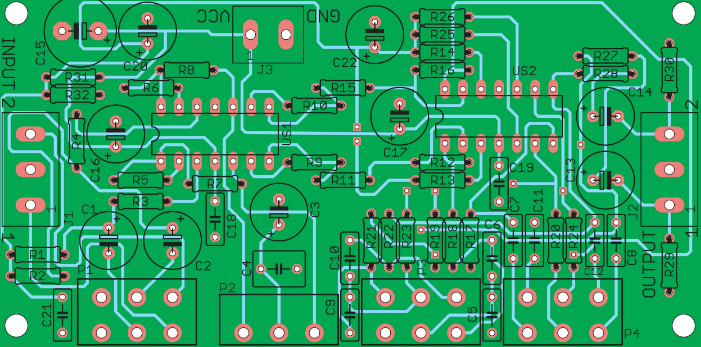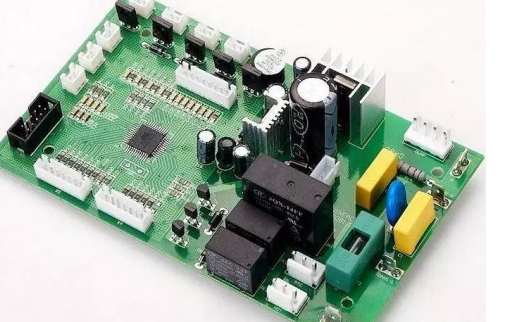Application of Thermal Paste for PCB Assembly
Controlling temperature or heat flow on a circuit board is also important. This is true for both manufacturing and operation. Whether your board uses through-hole components and/or uses the more compact and increasingly realized surface mount technology (SMT), the soldering process depends on temperature changes and heat transfer.
With components, one of the biggest concerns is removing heat or dissipating heat. While heat sinks, pads, and vias are included for this purpose, thermal paste is also often used. Let’s look at why and when thermal paste is needed to facilitate thermal transfer in a design. This question can be answered more easily by first understanding what thermal paste is and how it is used during the PCB assembly process.
What is Thermal Paste?
The most general definition of thermal paste is that it is a thermally conductive paste whose chemical structure allows for heat conduction. Its ingredients are liquid polymers and can include urethanes, acrylates, silicones, and epoxies. The most typical function of thermal paste is to act as a filler between two surfaces to provide a strong interface and increase the amount of heat transfer between the two surfaces.
With this primary function, the heat transfer rate may be in the range of about 3W/(m·K) to 13W/(m·K) for non-metallic pastes, which is much lower than the 385W/(m·K) for 99% pure copper. However, the thermal conductivity of metal pastes may be as high as 70W/(m·K). Although these may not seem impressive, thermal conductivity is not the only consideration when using thermal paste during PCB assembly.
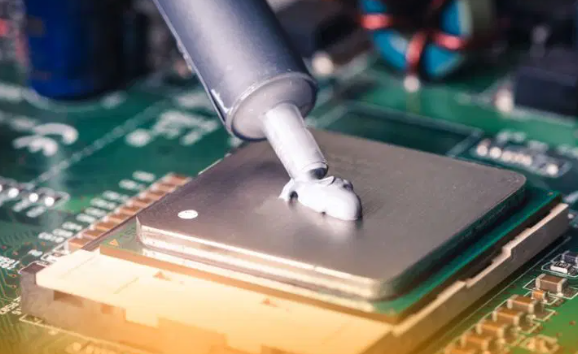
Why Use Thermal Paste in PCB Assembly?
It is well known that during the operation of electronic devices, it is critical to remove excess heat from components or parts that are prone to high temperatures. For these components, including CPUs, GPUs, power transistors, and other high-performance semiconductor-based devices, heat sinks with thermal conductivity greater than 200W/(m·K) are common.
During operation, the largest source of heat on the circuit board is the heat generated by the components. Heat removal technology is used during the PCB assembly process. However, the assembly process itself introduces heat into the circuit board, which should also be a design consideration. There are two heat transfer issues, heat dissipation and distribution.
Heat Transfer During PCB Assembly
➢Dissipation
Just as during operation, during assembly, excess heat can build up in and around components.
Without an effective way to dissipate heat from the board, once deployed, the part or the PCB itself may
be damaged or weakened, threatening the reliability of the assembly.
➢Distribution
If your board contains through-hole components, they will most likely be affixed to the PCB using some form of wave soldering. For surface mount technology, a reflow oven raises the temperature of the board over fairly long intervals (minutes in some cases) as part of the soldering process. For the best connection, solder flow requires a constant temperature and even distribution of heat
As shown above, heat transfer considerations during assembly include ensuring the board maintains an effective form factor, which aids the PCB soldering process in addition to effective removal.
To be most effective, thermal paste should fill all gaps between the two surfaces to which it is applied. Additionally, it is desirable that the paste not conduct electricity away from the component. Another important consideration is the service life. For thermal paste, a typical range is 3-5 years, meaning that for many components, replacement may be necessary. If you determine that you should use thermal paste in your design, you must consider all of these factors.
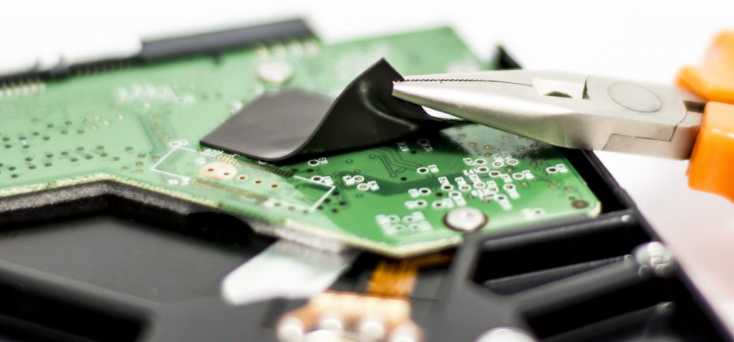
Is thermal paste required for the manufacture of your design?
Now that we know why and how thermal paste is used for PCBA, the next decision is when your design needs thermal paste. To help you determine this, the following checklist is provided.
How to Determine If Your Design Needs Thermal Paste
boardDoes your motherboard contain a processor (i.e., CPU, GPU, MPU)?
boardDoes your board include other power components (e.g., power amplifiers)?
boardDoes your board include a power supply?
PCBIs your PCB layout dense?
thermalDoes your thermal profile show any hot spots where high temperatures are concentrated?
If you can check any of the items listed above, your board may benefit from the use of thermal paste to assist your other heat transfer devices; such as heat sinks, thermal pads, and vias. The best way to make this determination is to incorporate thermal analysis into your board design.


